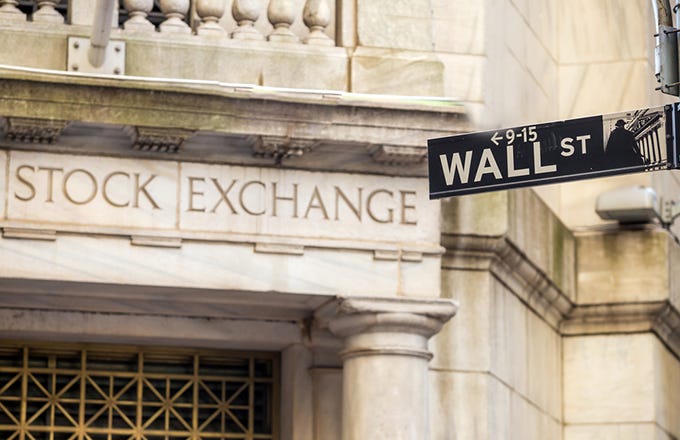Value traders base their approach on the teachings of Ben Graham and David Dodd, who worked at Columbia Business School in the 1920s and onward. While there are different interpretations of the meaning of “value trading,” a traditional value trader aims to buy stocks at a discount to their intrinsic value. These traders measure intrinsic value by taking a discount to future cash flows; if a stock price of a company is lower than the intrinsic value by what is known as a “margin of safety,” (usually at least 30% of the intrinsic value), then the company is considered undervalued in the market and worth an investment. Most often, value stocks are companies which are in decline, but the market has overreacted by pricing them too low.
Value traders necessarily rely on information and analysis from statisticians, actuaries, macro-economists, industry professionals, accountants, and more. For this reason, not many traders become value traders, as there is a high barrier of effort required in order to be successful. Value traders have the goal of profiting off of cheap stocks, which can be very difficult to do successfully.
Those traders who go into this area typically recognize the risks and the challenges associated with it and grow comfortable living with them over the long term .Value trading is not typically an area in which traders become massively wealthy very quickly.
Fundamental analysis is key to a value trader’s decisions. The fundamentals of a company are strong, but the stock’s price is below its obvious value, the value trader considers this a likely candidate for investment. Eventually, the market will correct that mistake (or at least that’s what the value trader assumes and hopes for), and the stocks price should rise, at which point the trader can sell.
Guidelines for value trading
There are a number of different approaches to value trading, but at minimum investors will want to look for these elements in a potential stock:
- A Price Earnings Ratio (P/E) in the bottom 10% of its sector
- A PEG of less than one.
- A Debt to Equity Ratio of less than one
- Strong earnings growth over the long term (perhaps 6-8% over 7-10 years)
- A Price to Book Ratio of one or less
- An overall price of no more than 70% of the calculated intrinsic value
Finding value trades
Value investors usually follow a three-step process in order to locate undervalued stocks.
1. They sort stocks according to P/E ratios or other metrics and focus on the lowest P/E stocks. Automatically, this eliminates a number of stocks from consideration, narrowing the pool and helping to identify potentially undervalued stocks.
2. Next, the value investor will individually value each potential candidate. Some stocks have low P/E ratios because they are poor investments, while others are undervalued.
3. Finally, the value trader will compare the calculated intrinsic value against the market price. If the difference allows for a comfortable “margin of safety,” the value trader may initiate an investment.
Of course, there are many ways in which value traders can guess wrong. Sometimes changes in technology or in competitor companies throw off considerations of a stock’s intrinsic value, for instance. Sometimes companies appear to be healthy and undervalued when in fact they are nearing collapse. For this reason, value trading is potentially risky, even for those with ample experience in the area.
Conclusion
With many sectors changing at a rapid pace thanks to technological advancements, the life of a value trader is becoming more difficult all the time. The traditional tools for analysis are not always accurate, and this can make the process incredibly difficult. Nonetheless, many value traders have managed to amass fortunes based on this approach.
Trend Traders
-
 Investing
InvestingHow to Invest Your Excess Cash in Undervalued Securities
Learn how even small investors can shoot for substantial capital gains by starting to invest their excess cash in undervalued securities. -
 Investing
InvestingHow Value Investors’ Patience Has Been Tested
Investors in value stocks are finding their patience tested. Does this strategy still work? -
 Investing
InvestingMarket value versus book value
Understanding book value and market value is helpful in determining a stock's valuation and how the market views a company's growth prospects. -
 Trading
TradingIntroduction to Stock Trader Types
What type of stock trader are you? -
 Investing
Investing5 must-have metrics for value investors
In this article, we outline the five ratios that can help value investors find the most undervalued stocks in the market. -
 Investing
InvestingValue Investing: Why You're Doing It Wrong
Benjamin Graham, the original value investor, would be 123 today. He might not like what he sees.



